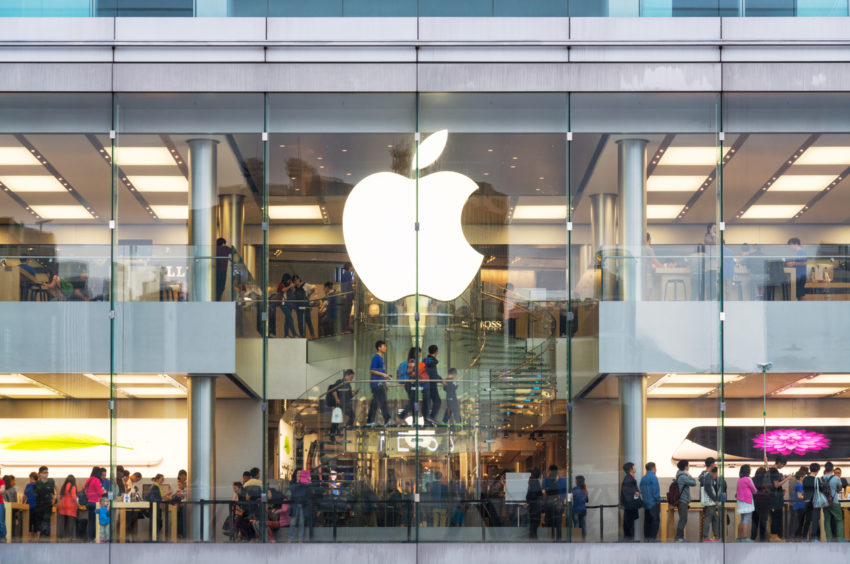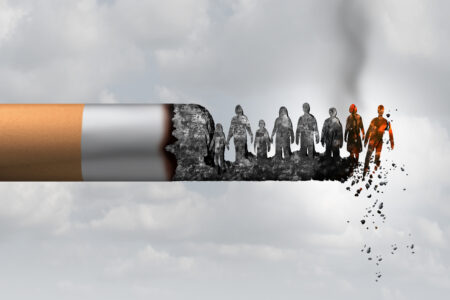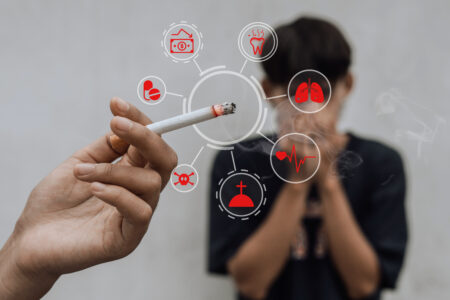
Share On Social!
One of America’s largest corporations is reassessing the way they handle potentially health-harming substances in their products.
Last month, Apple released its “Environmental Responsibility Report,” which provides insights into their overall climate-conscious.
Specifically, the report illustrates the ways Apple is changing their mindset and practices concerning hazardous substances — something they hope will change the way the electronics industry functions as a whole.
“Prioritizing potentially problematic chemical substances is key to effectively focusing green chemistry efforts in electronics manufacturing,” Apple writes in their 2018 Chemicals of Concern report. “Existing scientific tools and policy frameworks, however, do not provide immediately applicable and transparent methods that companies can use to identify chemicals of concern.”
“We have developed a Chemical Prioritization Protocol to systematically evaluate chemicals of interest.”
Addressing Chemicals in Products
Apple’s announcement included a clear message: The company feels the electronics industry as a whole isn’t doing enough to protect laborers and consumers, including Latinos, from potentially harmful chemicals.
Its first step was to review the status quo and make plans to address issues in areas such as eco-friendly label certification standards, hazard assessment practices, and public policy frameworks.

The company developed a three-tier evaluation approach to address substances of concern:
- Assessment and management: “Assess and manage chemicals for risks to human health and environment.”
- Mapping and engagement: “Create a comprehensive inventory of chemicals used by suppliers to make our products.”
- Innovation: “Transition to safer chemistries through chemical innovations, beyond what is required.”
The driving force behind Apple’s strategy is the growing environmental threats, according to Lisa Jackson, vice president, environment, policy, and social initiatives.
The environment and climate change are especially concerning to Latinos.
“In a time where the threats facing our planet are too great to ignore, we are demonstrating that businesses must play a vital role,” Jackson states. “We are proud to do the hard work, to make the breakthroughs, and tirelessly search for ways to ensure the better future for our planet that we all deserve.”
Greater Steps Toward Environmentalism
Using this method will allow for more informed decisions concerning what substances are or are not used in their products, according to Apple.
Their plan is working, too, according to Apple Insider.
- All facilities around the world are running on 100% renewable energy
- Direct operations carbon admissions have dropped by 64% since 2011
- Use of plastic in production has reduced by 48% over the last three years
- All retailers use fiber bags made from recycled materials
In consideration of Apple’s questionable past environmentalist efforts, this new plan should help create safer products that make less of an impact on the climate and planet.
Moreover, their efforts are being recognized, even by environmentalist groups.
“This commitment, and Apple’s recent progress in transitioning its supply chain in Asia to renewable energy, puts it far ahead of others in the sector,” stated Gary Cook a senior IT analyst at the environmentalist group Greenpeace in 2017 concerning Apple’s 100% green plan. “Major IT brands such as Samsung, Huawei, and Microsoft should quickly match Apple’s leadership, if they don’t want risk falling even further behind.”
Learn more about preventing chemical exposure!
Editor’s Note: This article is part of a collaboration between Salud America! and the Hoffman Toxicant-Induced Loss of Tolerance (TILT) program at UT Health- San Antonio. To find out if you are TILTed due to exposure to everyday foods, chemicals, or drugs, take a self-assessment or learn more about TILT.
Explore More:
Chemical & Toxic ExposureBy The Numbers
1
Quick Survey
Can help you find out how chemically sensitive you are




